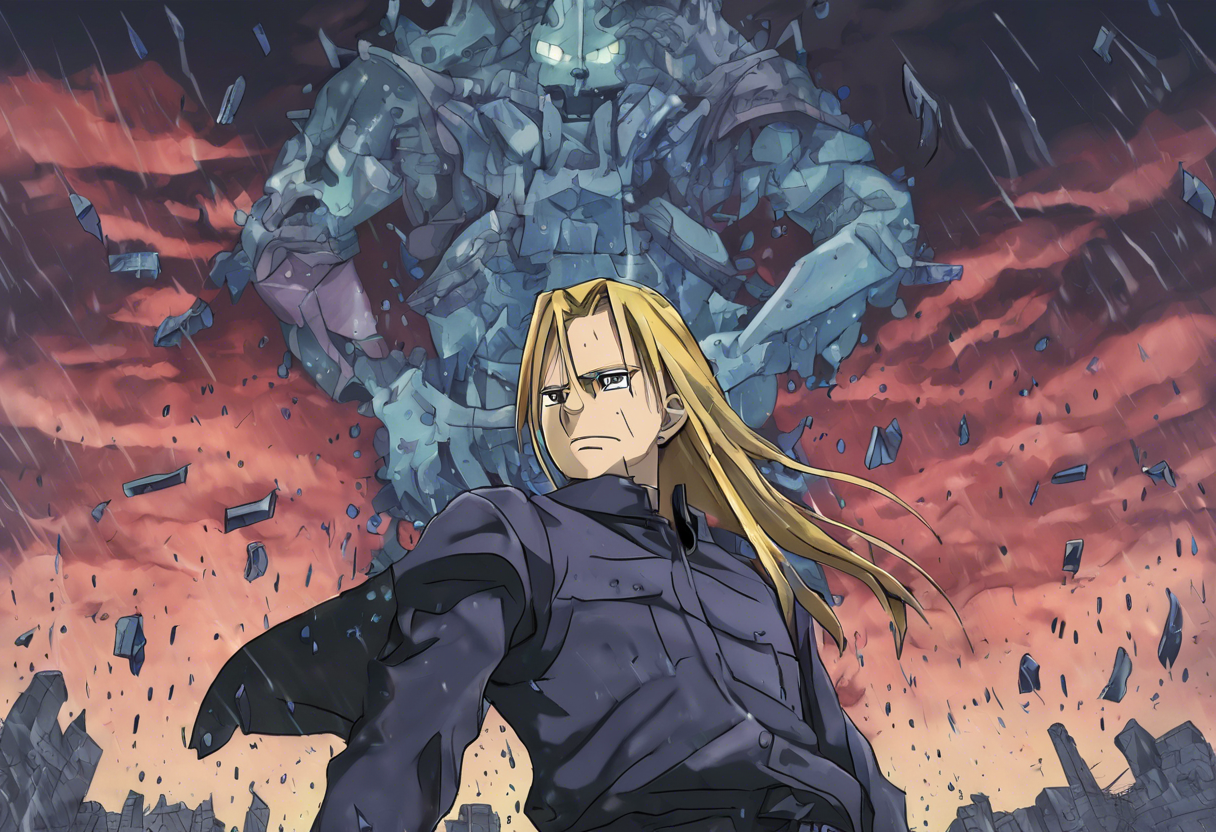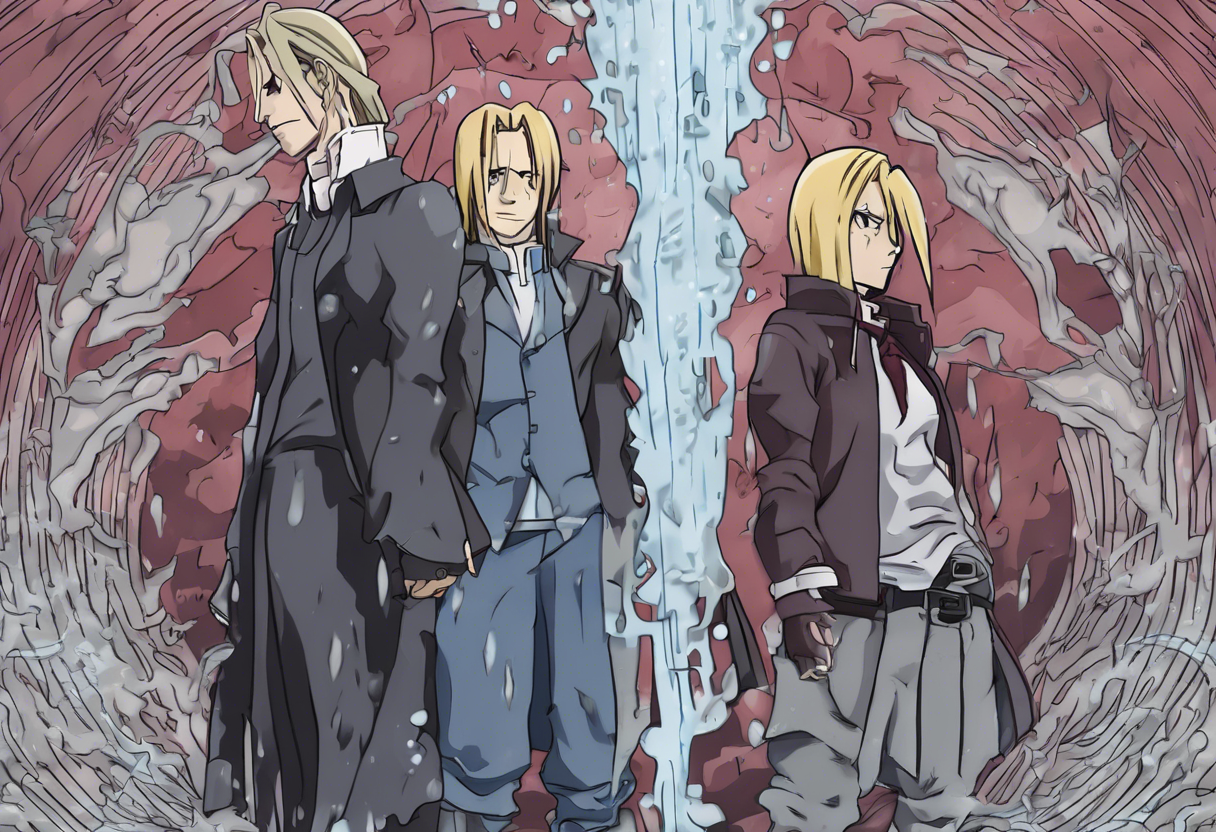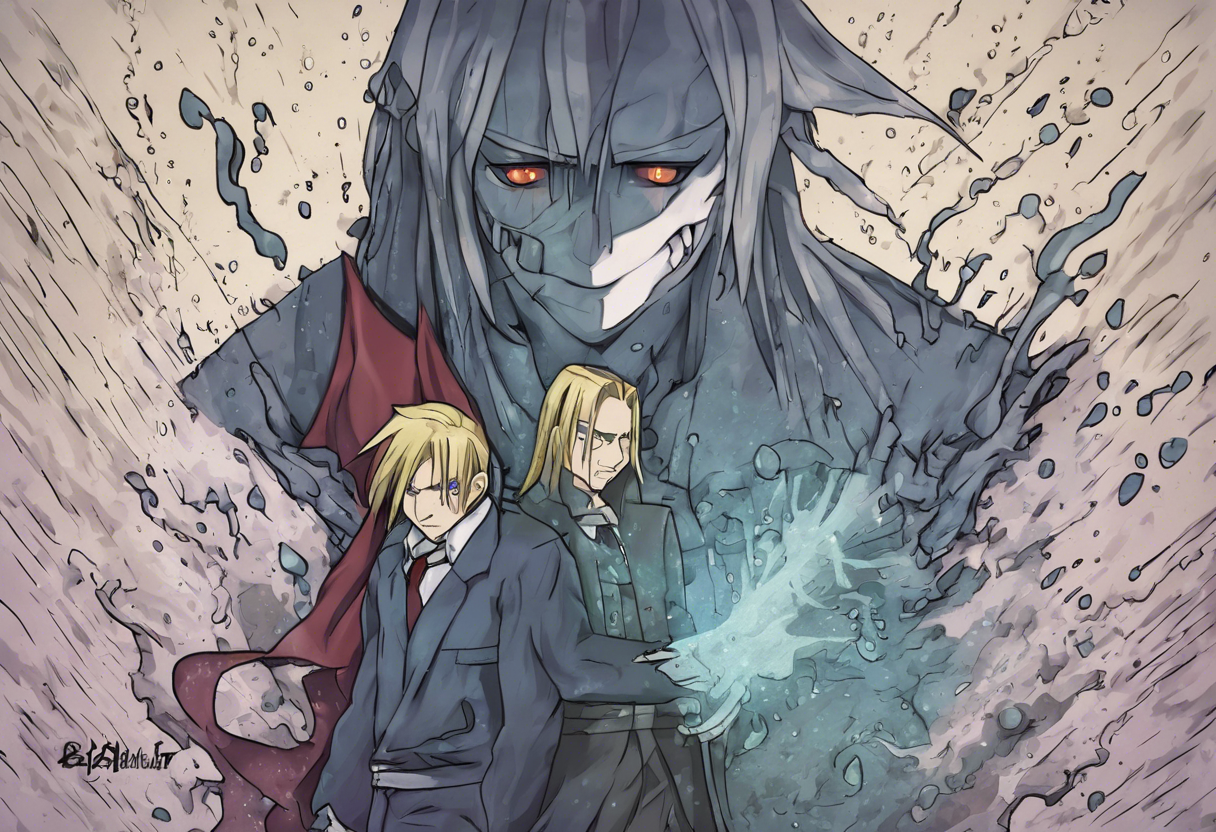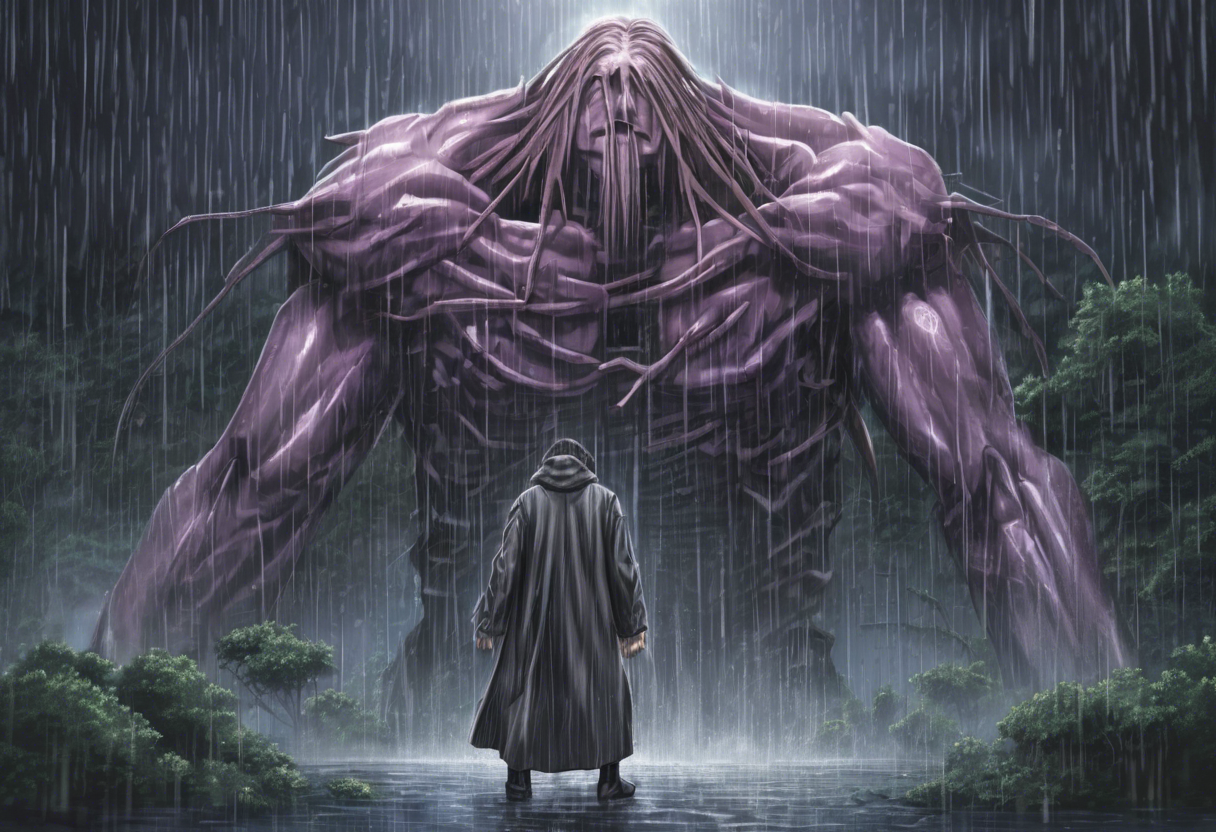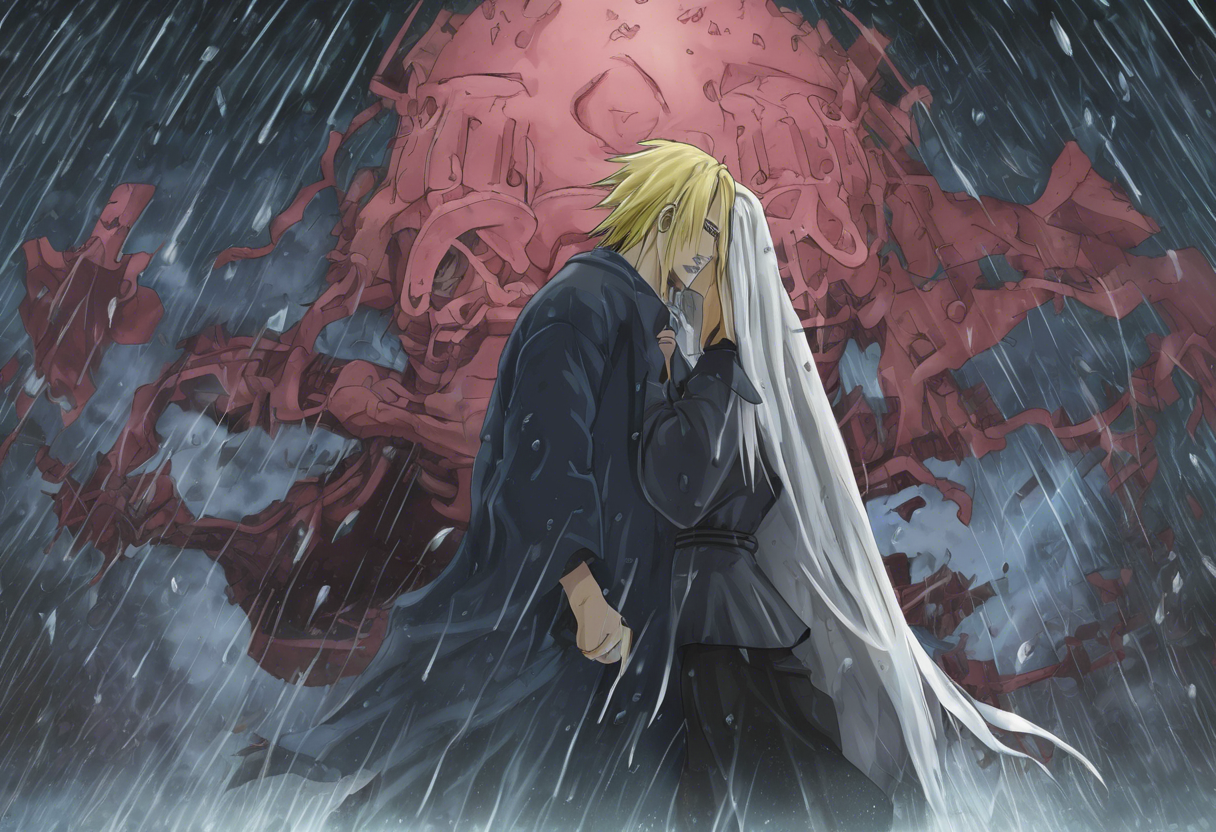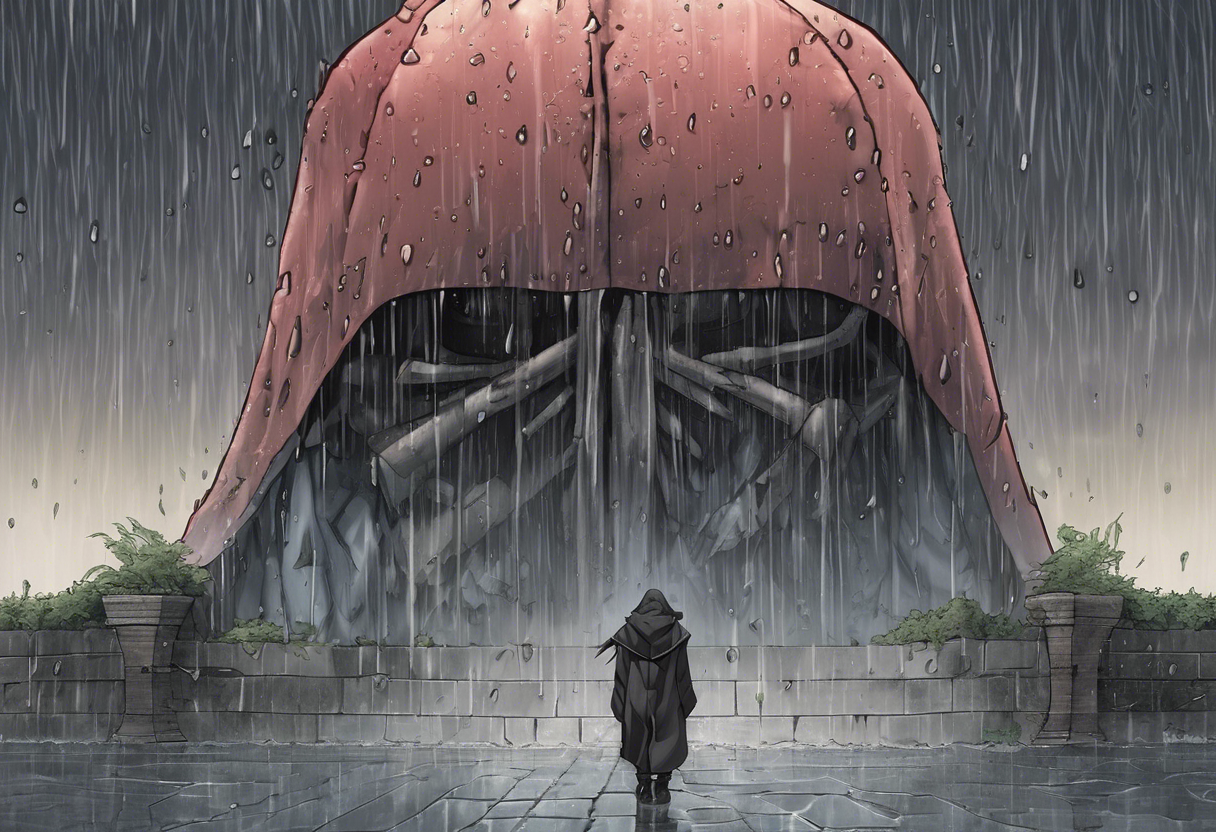Contents
Introduction
There is no anime titled "Rain of Sorrow" associated with the context of Fullmetal Alchemist: Brotherhood. However, to create a comprehensive and informative article, we can draw parallels and insights from the themes and symbolism found in The Sorrow of War, a novel by Bao Ninh, which shares similar themes of war, sorrow, and symbolic elements.
The Sorrow of War is not an anime, but its themes can be used to hypothesize what an anime titled "Rain of Sorrow" might entail if it were to be created based on similar narrative elements.
Background and Production History
If "Rain of Sorrow" were an anime, it would likely be an adaptation of themes and elements from works like The Sorrow of War. The production history would involve a team of creatives who specialize in adapting literary works into anime. The director, writer, and producer would be key figures in ensuring the anime stays true to the original themes while adapting them for the anime medium.
Key Creative Figures
- Director: A director experienced in handling dramatic and emotionally charged narratives, such as those found in The Sorrow of War.
- Writer: A writer who has a deep understanding of the original novel’s themes and can translate them effectively into the anime format.
- Producer: A producer who has managed projects that balance emotional depth with visual storytelling.
Initial Release
The initial release would likely be on Japanese television, followed by international releases through streaming platforms and DVD/Blu-ray distributions.
Plot Summary
Hypothetical Plot
"Rain of Sorrow" would likely follow a narrative similar to The Sorrow of War. Here is a hypothetical plot summary:
The story revolves around Kien, a veteran of a brutal war, who is part of a Missing In Action (MIA) team tasked with recovering the remains of fallen soldiers. The narrative is non-linear, jumping between Kien’s current mission and his memories of the war.
Key events include Kien’s experiences in the jungle, where he witnessed and participated in horrific acts of war. The jungle, symbolizing war and its atrocities, is a constant presence in Kien’s life. His relationship with Phuong, a woman he loved and lost, is another central theme, symbolized by the "false spring" and the extinguished light in her apartment[1][5].
The plot would explore the psychological and emotional toll of war on soldiers and civilians alike, delving into themes of loss, sorrow, and the struggle to find peace in a post-war world.
Themes and Symbolism
Central Themes
- War and Its Aftermath: The anime would delve deeply into the consequences of war, highlighting the unrelenting sorrow and trauma faced by soldiers and civilians.
- Loss and Longing: The relationship between Kien and Phuong would symbolize the loss and longing that many experience during and after war.
- Hope and Despair: Symbols like the "false spring" and the sun breaking through clouds would represent the fleeting nature of hope and the inevitable return to despair[1][5].
Symbolic Elements
- Rain: Rain would be a pervasive symbol, representing sorrow, tears, and the unending pain of war. It would also symbolize the inability to escape the memories of the war[1][5].
- Jungle: The jungle would symbolize the war itself, a place of horrors, screams, and visions that haunt the soldiers[5].
- Light: The light in Phuong’s apartment would symbolize her presence and the loss Kien feels when it is extinguished[1][5].
Cultural Impact
Reception and Influence
If "Rain of Sorrow" were an anime, its cultural impact would likely be significant due to its powerful and poignant portrayal of war’s consequences. It would resonate with audiences who have experienced or are interested in stories about war and its aftermath.
The anime would influence other works by setting a high standard for storytelling about war and its emotional toll. It could also inspire discussions and reflections on the nature of war and peace.
Critical Reception
Initial Reception
Upon its release, "Rain of Sorrow" would likely receive critical acclaim for its faithful adaptation of the themes found in The Sorrow of War. Critics would praise its emotional depth, the complexity of its characters, and the powerful symbolism used throughout the narrative.
Long-term Reception
Over time, the anime would be recognized as a classic in its genre, similar to how Fullmetal Alchemist: Brotherhood is regarded. It would be lauded for its ability to convey the horrors of war and the enduring impact on those who lived through it.
Legacy
Enduring Relevance
"Rain of Sorrow" would leave a lasting legacy in the world of anime and beyond. It would continue to inspire filmmakers, artists, and audiences by providing a powerful and thought-provoking portrayal of war and its consequences.
The anime would remain relevant as a reminder of the importance of peace and the need to understand and empathize with those affected by war.
References
- https://www.gradesaver.com/the-sorrow-of-war/study-guide/symbols-allegory-motifs
- https://en.wikipedia.org/wiki/Fullmetal_Alchemist:_Brotherhood
- https://www.sparknotes.com/lit/in-the-time-of-butterflies/motifs/
- https://www.supersummary.com/day-of-tears/symbols-and-motifs/
- https://www.supersummary.com/the-sorrow-of-war/symbols-and-motifs/

